Galaxies

Milky Way (MW)
Type: SBbc
- Millions of light-years: 0.0265 (to the galactic center)
- Mpc: 0.008
- M: -20.8
- m: n/a
Group Membership: Local Group
Notes: Home galaxy of Earth. Barred spiral galaxy.
Diameter (ly): 100,000–180,000 ly
Brief Description: The Milky Way is the galaxy that contains our Solar System. From Earth, the Milky Way appears as a band because its disk-shaped structure is viewed from within. The Milky Way is a barred spiral galaxy with an estimated visible diameter of 100–200,000 light-years. The Milky Way has several satellite galaxies and is part of the Local Group of galaxies, which form part of the Virgo Supercluster, which is itself a component of the Laniakea Supercluster. The oldest stars in the Milky Way are nearly as old as the Universe itself and thus probably formed shortly after the Dark Ages of the Big Bang.
Discovery date: n/a
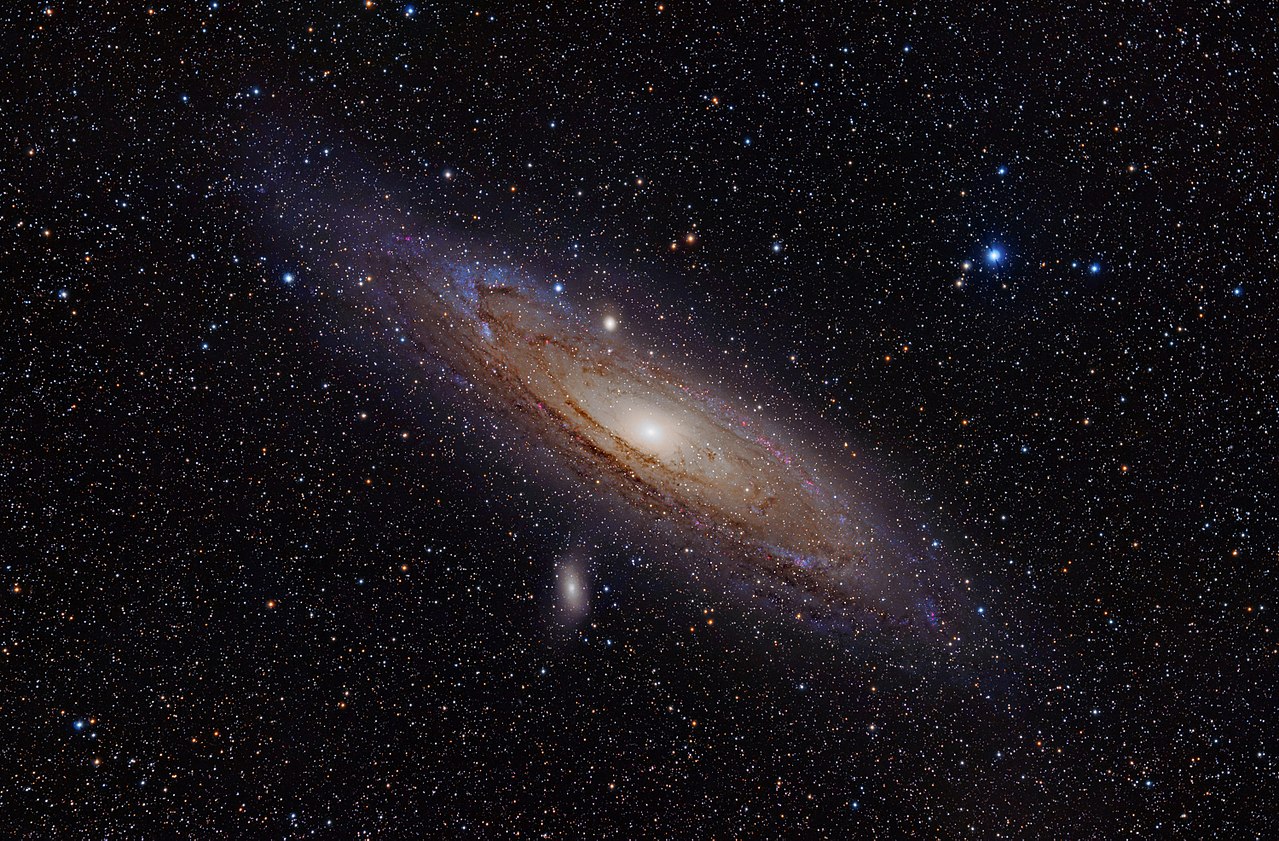
Andromeda
Type: SA(s)b
- Millions of light-years: 2.5
- Mpc: 0.77
- M: −21.5
- m: 3.44
Group Membership: Local Group
Notes: The Andromeda Galaxy is the largest member of the Local Group.
Diameter (ly): 220,000 ly
Brief Description: The Andromeda Galaxy, also known as Messier 31, M31, or NGC 224 and originally the Andromeda Nebula, is a barred spiral galaxy approximately 2.5 million light-years (770 kiloparsecs) from Earth and the nearest major galaxy to the Milky Way. The galaxy's name stems from the area of Earth's sky in which it appears, the constellation of Andromeda, which itself is named after the Ethiopian (or Phoenician) princess who was the wife of Perseus in Greek mythology.
Discovery date: 964
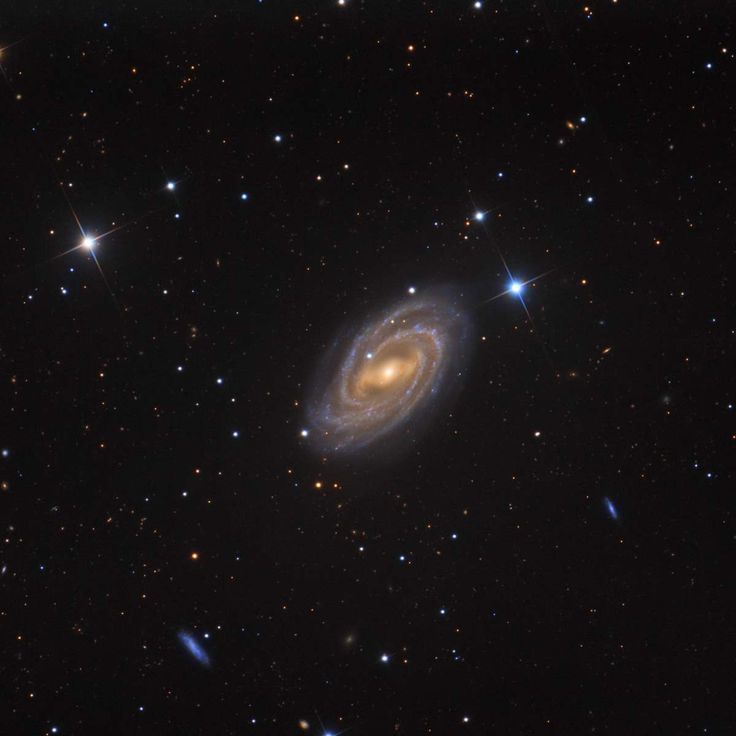
Canis Major Dwarf
Type: Irr
- Millions of light-years: 0.025
- Mpc: 0.008
- M: −14.5
- m: 23.3
Group Membership: Local Group
Notes: Satellite of Milky Way (accretion by Milky Way)
Diameter (ly): n/a
Brief Description: A small, irregular galaxy with a mass of about a billion solar masses, the Canis Major dwarf galaxy is one of our closest neighbours, lying approximately 25,000 light years from the Sun and 42,000 light years from the centre of the Milky Way. Until recently, however, this dwarf galaxy lay unobserved behind the dust and gas in the disk of the Milky Way. It was only discovered during the Two-Micron All Sky Survey (2MASS) infrared survey, which allowed astronomers to see beyond the dust, in many regions for the first time.
Discovery date: November 2003
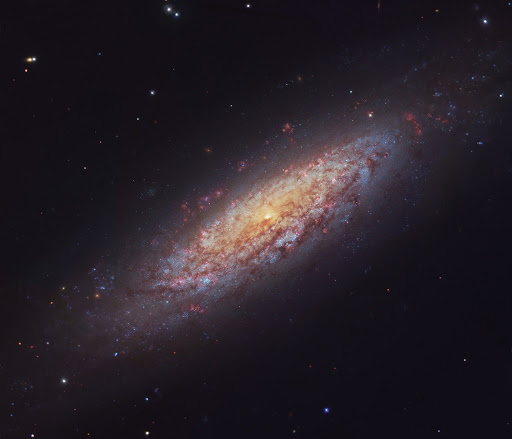
Draco II
Type: dSph
- Millions of light-years: 0.0701
- Mpc: 0.0215
- M : −0.8
- m: 15.87
Group Membership: Local Group
Notes: Satellite of Milky Way
Diameter (ly): 120 ly
Brief Description: The Draco II dwarf galaxy , also known as Draco II or Draco 2 for short , is a dwarf galaxy of the type dSph discovered in 2015 in the constellation Dragon in the Local Group and one of the satellite galaxies of the Milky Way.
Discovery date: 1954
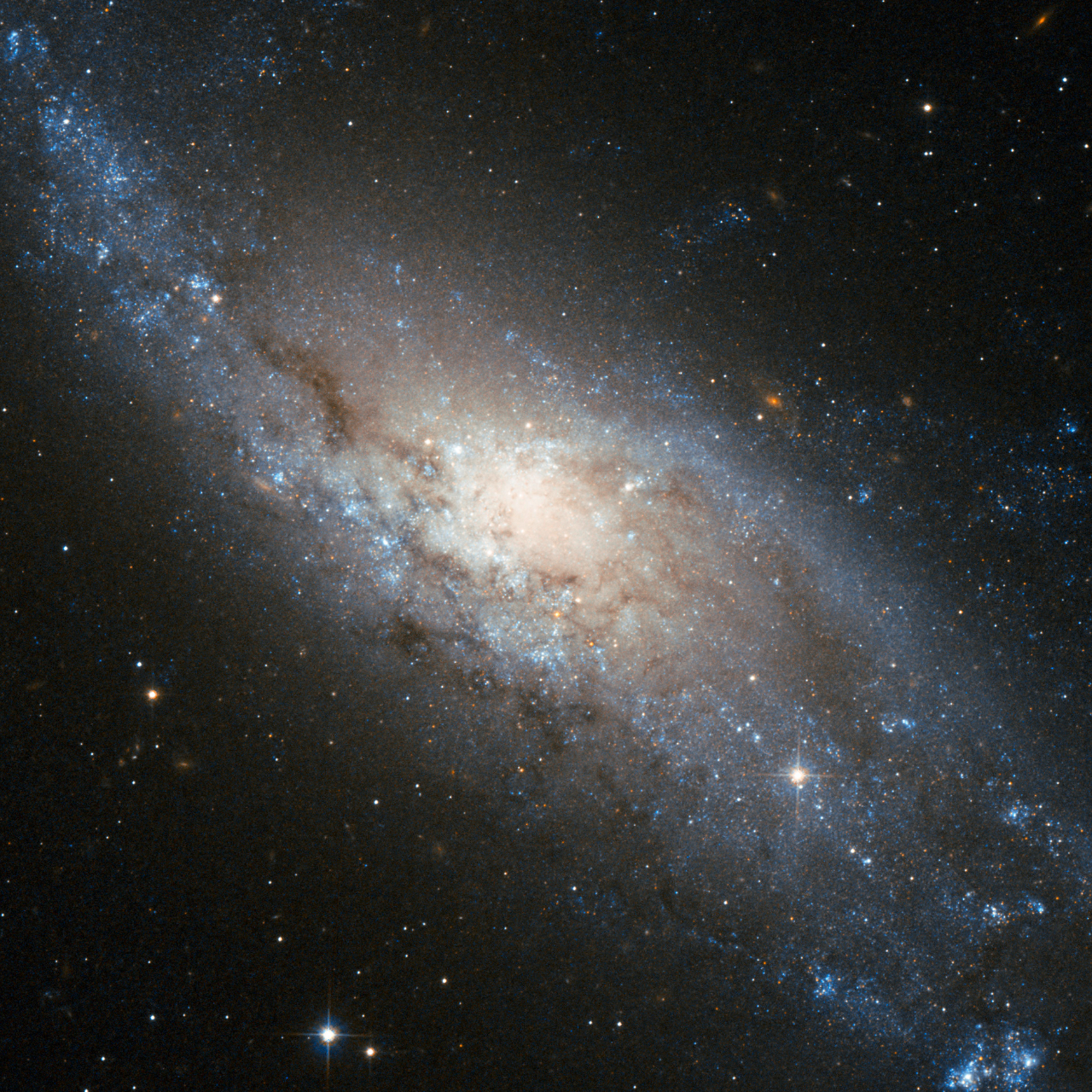
Tucana III
Type: dSph
- Millions of light-years: 0.0747
- Mpc: 0.0229
- M : −1.3
- m: 15.5
Group Membership: Local Group
Notes: Satellite of Milky Way that is being tidally disrupted.
Diameter (ly): 220 ly
Brief Description: The Tucana III dwarf galaxy , also Tucana III or Tucana 3 for short , is a dwarf galaxy of the type dSph discovered in 2015 in the constellation Tukan in the Local Group and one of the satellite galaxies of the Milky Way.
Discovery date: 2015
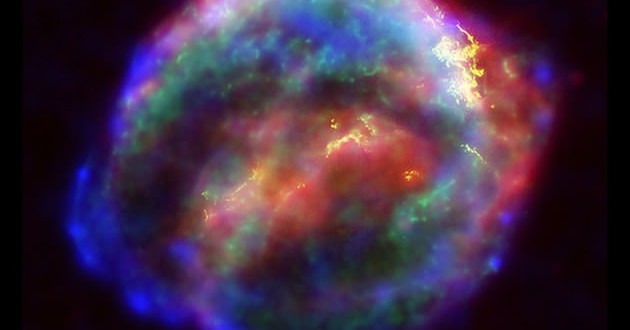
Segue 1
Type: dSph or Glob Clus
- Millions of light-years: 0.075
- Mpc: 0.023
- M : −3.0
- m: 13.8
Group Membership: Local Group
Notes: Satellite of Milky Way
Diameter (ly): n/a
Brief Description: Segue 1 is a small dwarf galaxy orbiting the Milky Way, possibly also a globular cluster. Although Segue 1 has only a few visible stars, it exerts a thousand times stronger gravity and thus has a thousand times higher mass than its luminosity would suggest. It is therefore one of the most extreme examples of galaxies with dark matter.
Discovery date: 2006
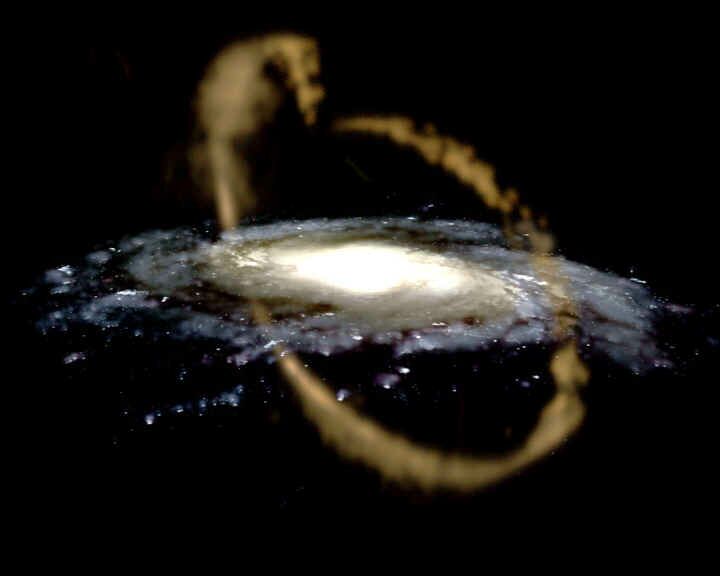
Sagittarius Dwarf Sphr
Type: dSph/E7
- Millions of light-years: 0.081
- Mpc: 0.024
- M : −12.67
- m: 4.5
Group Membership: Local Group
Notes: Satellite of Milky Way (partial accretion by Milky Way)
Diameter (ly): 10,000 ly
Brief Description: The elliptical Sagittarius dwarf galaxy (also SagDEG, for Sagittarius Dwarf Elliptical Galaxy) is a small neighboring galaxy to the Milky Way. At a distance of only 70,000 light years from our solar system, i.e. almost half the distance to the Magellanic Clouds, it is the second closest galaxy outside the Milky Way after the Canis Major Dwarf Galaxy.
Discovery date: 1994
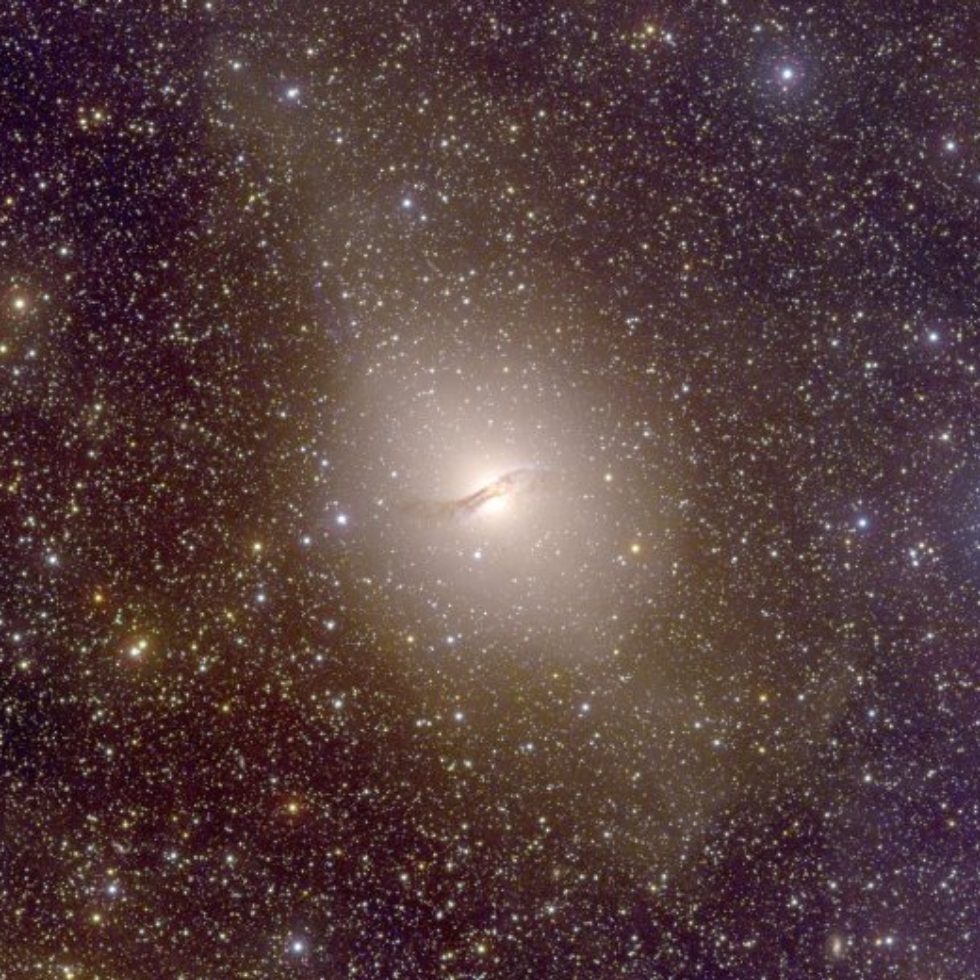
Hydrus I
Type: dSph
- Millions of light-years: 0.0901
- Mpc: 0.0276
- M : −4.71
- m: 12.49
Group Membership: Local Group
Notes: Satellite of Milky Way, possibly associated with the Magellanic Clouds.
Diameter (ly): 348 ly
Brief Description: The Hydrus I dwarf galaxy, also called Hydrus I or Hydrus 1 for short, is a dwarf galaxy of the type dSph discovered in 2018 in the constellation Little Water Snake in the Local Group and one of the satellite galaxies of the Milky Way between the two magellanic clouds in the Magellanic Bridge.
Discovery date: November 2, 1834
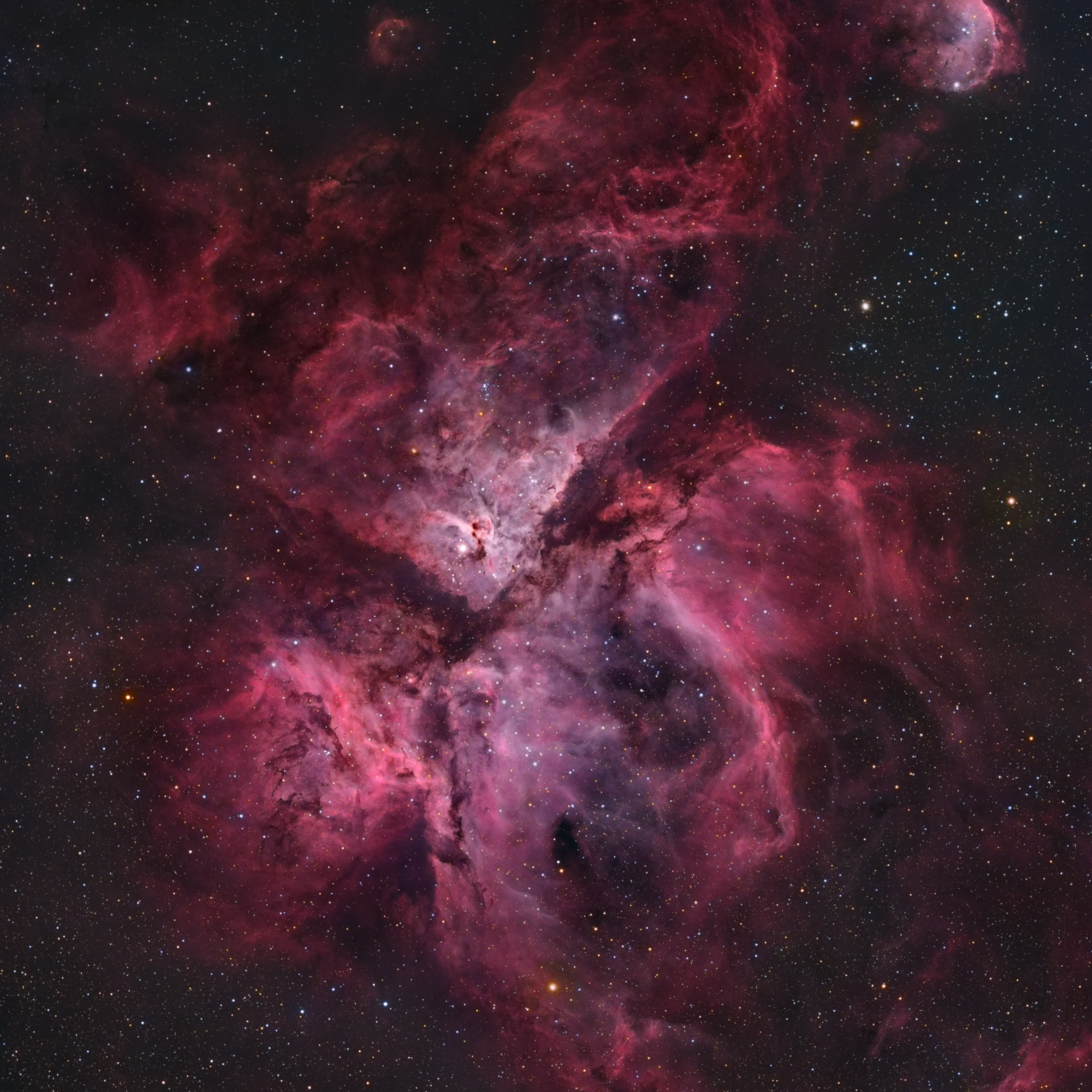
Carina III
Type: n/a
- Millions of light-years: 0.0906
- Mpc: 0.0278
- M : −2.4
- m: 14.82
Group Membership: Local Group
Notes: Satellite of Milky Way.
Diameter (ly): 200 ly
Brief Description: Together with several other systems detected by the Dark Energy Camera, Carina III, along with Carina II, forms a strongly anisotropic cloud of satellites in the vicinity of the Magellanic Clouds. Both satellite galaxies are well described by an old and metal poor population.
Discovery date: 1977
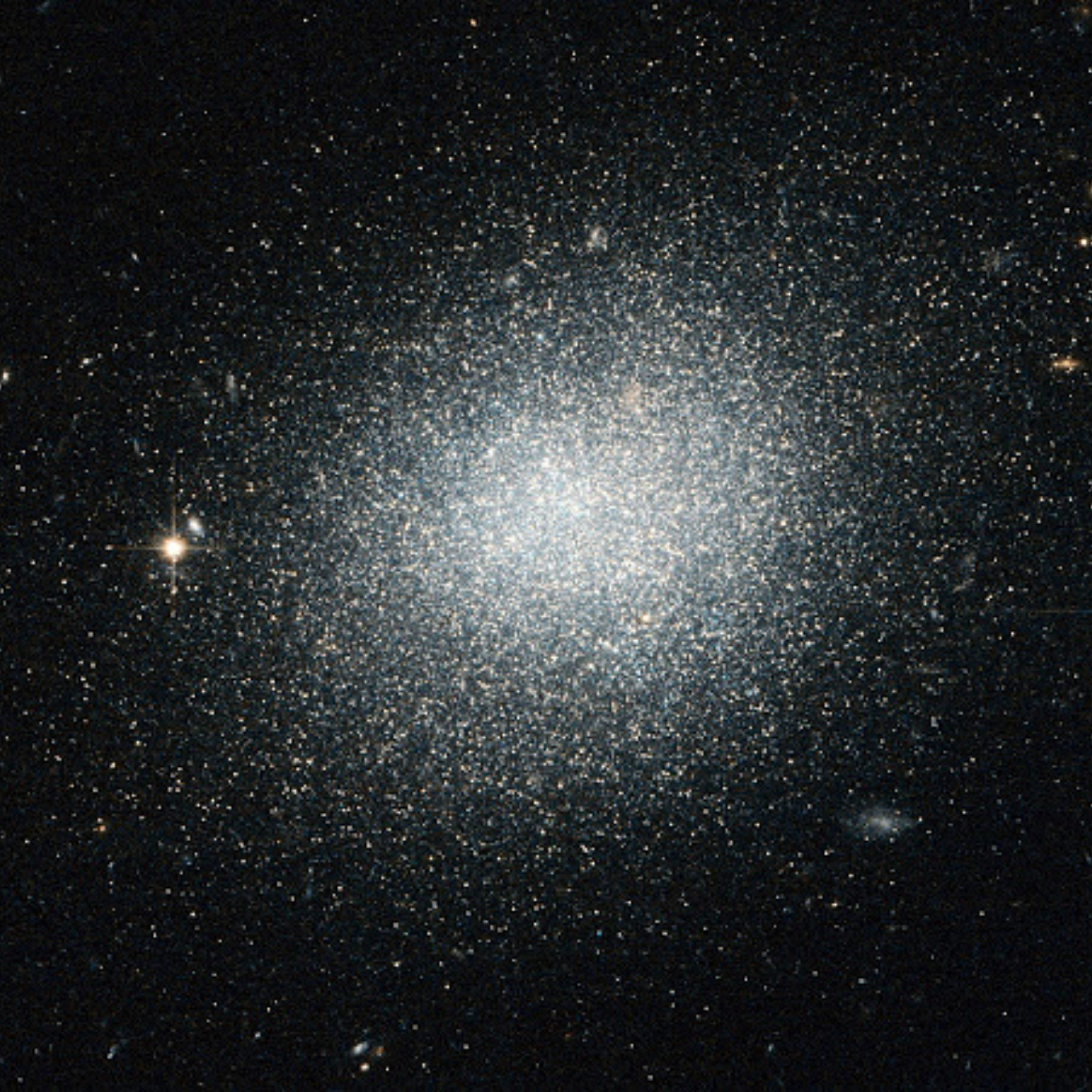
Ursa Major II Dwarf
Type: dSph
- Millions of light-years: 0.098
- Mpc: 0.030
- M : −4.2
- m: 14.3
Group Membership: Local Group
Notes: Satellite of Milky Way (accretion by Milky Way)
Diameter (ly): ~1,800 ly
Brief Description: Ursa Major II (also briefly UMa II) is a spheroidal dwarf galaxy (dSph) in the constellation of the Great Bear and in 2006, after analyzing the recordings of the screening of the Sloan Digital Sky Survey.
Discovery date: 2006
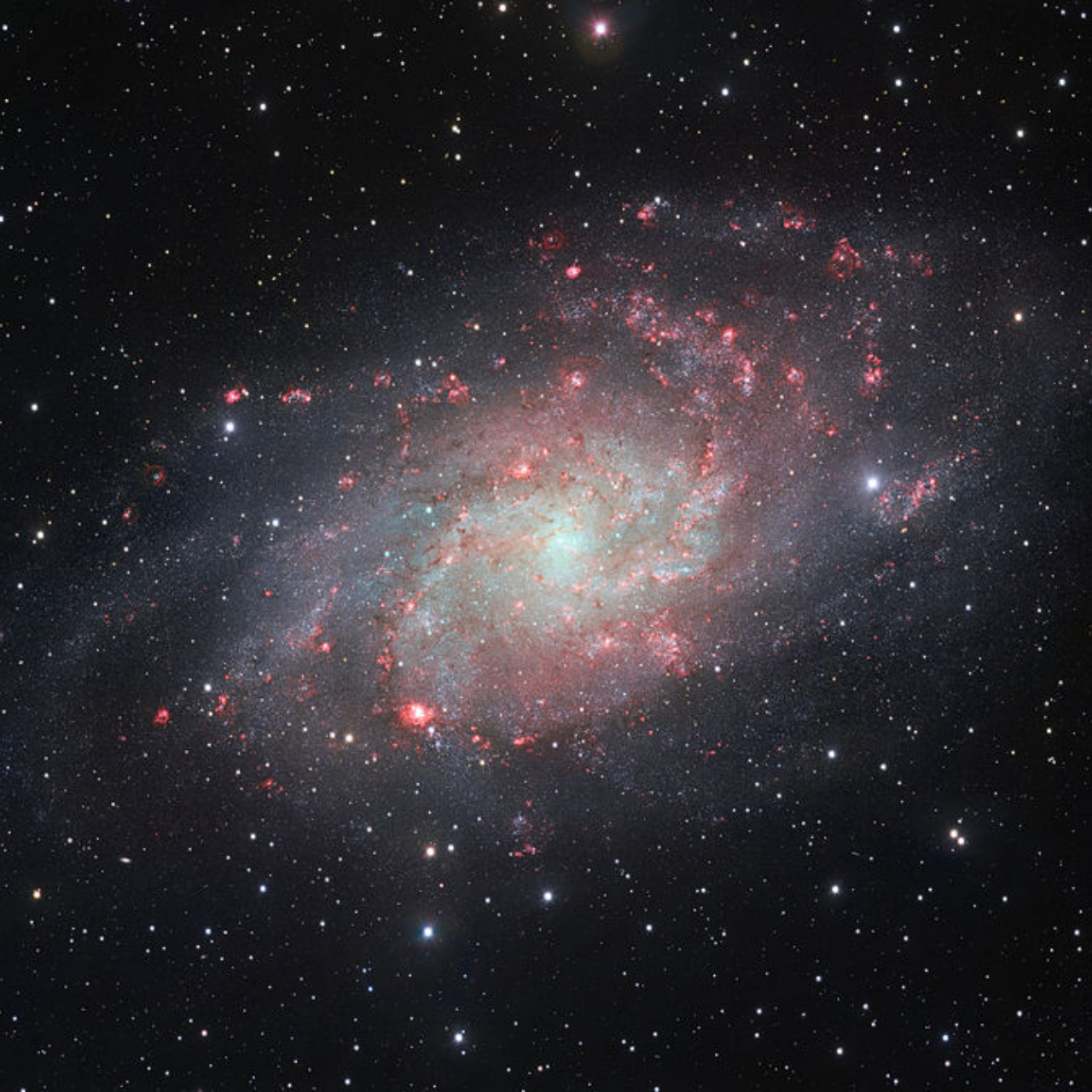
Triangulum II
Type: n/a
- Millions of light-years: 0.098
- Mpc: 0.030
- M : -1.8
- m: 15.6
Group Membership: Local Group
Notes: Satellite of Milky Way (accretion by Milky Way)
Diameter (ly): 348 ly
Brief Description: Triangulum II (Tri II or Laevens 2) is an extremely faint, spheroid dwarf galaxy. Detailed measurements of the speed distributions of the stars within the dwarf galaxy suggest that Triangulum II has an extremely high proportion of dark matter. According to current estimates by astronomers, Triangulum II is an important candidate for the experimental detection of dark matter.
Discovery date: 2015
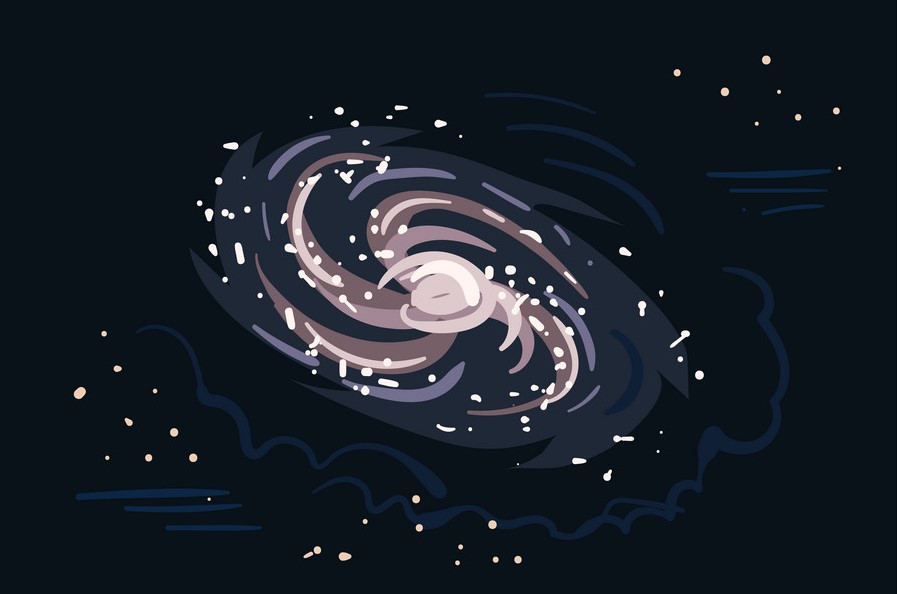
Reticulum II
Type: n/a
- Millions of light-years: 0.102
- Mpc: 0.0314
- M : -3.1
- m: 14.4
Group Membership: Local Group
Notes: Satellite of Milky Way.
Diameter (ly): 378 ly
Brief Description: The Reticulum II dwarf galaxy , also known as Reticulum II or Reticulum 2 for short, is a dwarf galaxy of the type dSph discovered in 2015 in the constellation Netz in the Local Group and one of the satellite galaxies of the Milky Way.
Discovery date: 2015

Segue 2
Type: dSph
- Millions of light-years: 0.114
- Mpc: 0.035
- M : -2.5
- m: n/a
Group Membership: Local Group
Notes: Satellite of Milky Way, one of the smallest known galaxies.
Diameter (ly): 220 ly
Brief Description: Segue 2 is a spheroidal dwarf galaxy (dSph) in the constellation of Aries. It has an approximately round shape and is one of the smallest and faintest satellites (only Segue 1 and Willman 1 are fainter) of the Milky Way. The stellar population of Segue 2 consists mainly of older stars that have originated more than 12 billion years ago. This makes them one of the very first stars to have formed in the universe.
Discovery date: 2009
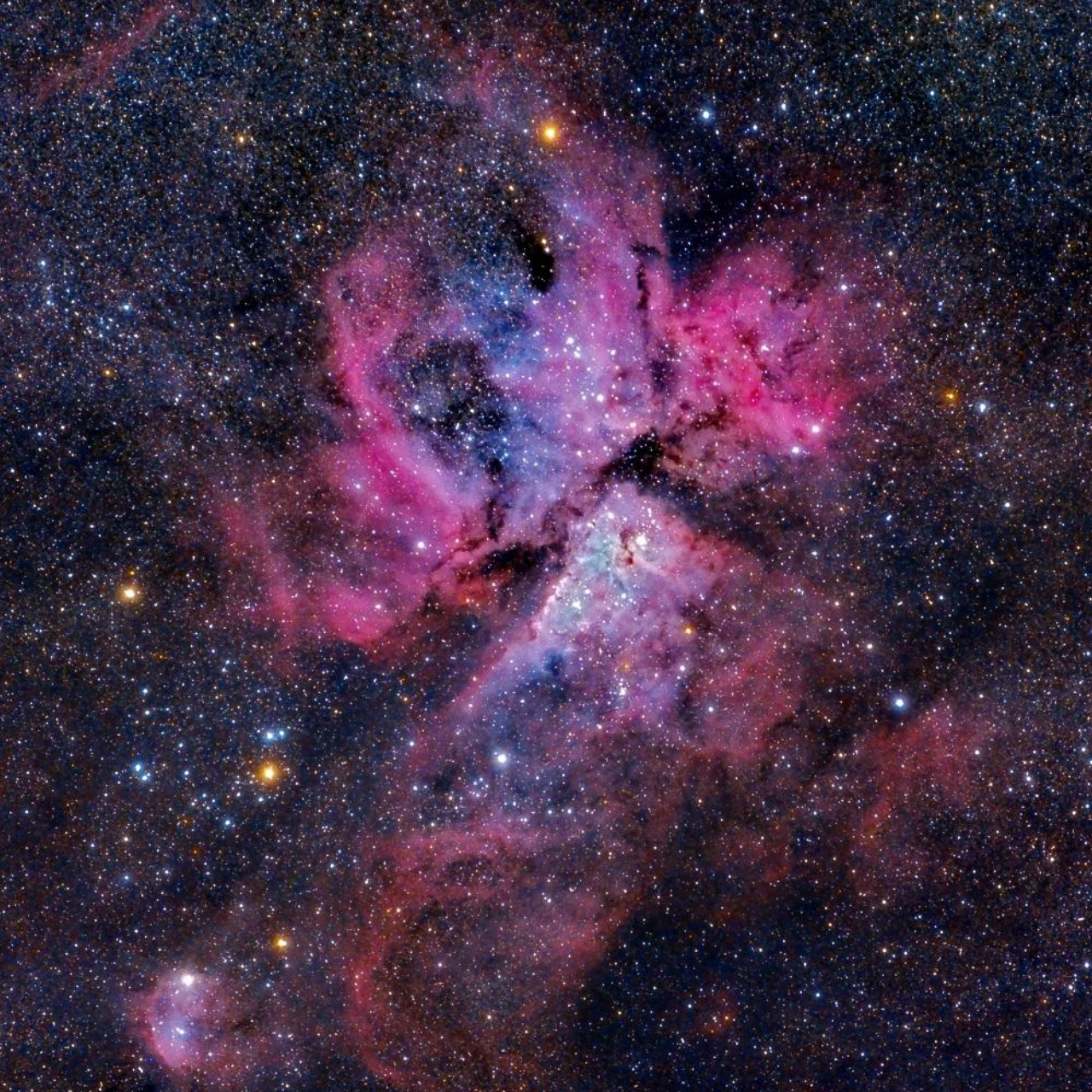
Carina II
Type: n/a
- Millions of light-years: 0.122
- Mpc: 0.0374
- M : −4.5
- m: 13.36
Group Membership: Local Group
Notes: Satellite of Milky Way.
Diameter (ly): 590 ly
Brief Description: Together with several other systems detected by the Dark Energy Camera, Carina II, along with Carina III, forms a strongly anisotropic cloud of satellites in the vicinity of the Magellanic Clouds. Both satellite galaxies are well described by an old and metal poor population.
Discovery date: 1977

Willman 1
Type: dSph or Star Clus
- Millions of light-years: 0.120
- Mpc: 0.038
- M : −2.7
- m: n/a
Group Membership: Local Group
Notes: Satellite of Milky Way.
Diameter (ly): 378 ly
Brief Description: Willman 1 is an ultralight dwarf galaxy, possibly also a globular cluster, of the Milky Way. Collected data implies that this galaxy is dominated by dark matter. However, it is difficult, especially with such faint objects, to estimate the total mass of the system, since a stable gravitationally bound system is always assumed as the basis for calculation, which is not always the case with galaxies that are currently exposed to the external influence of tidal forces.
Discovery date: 2004
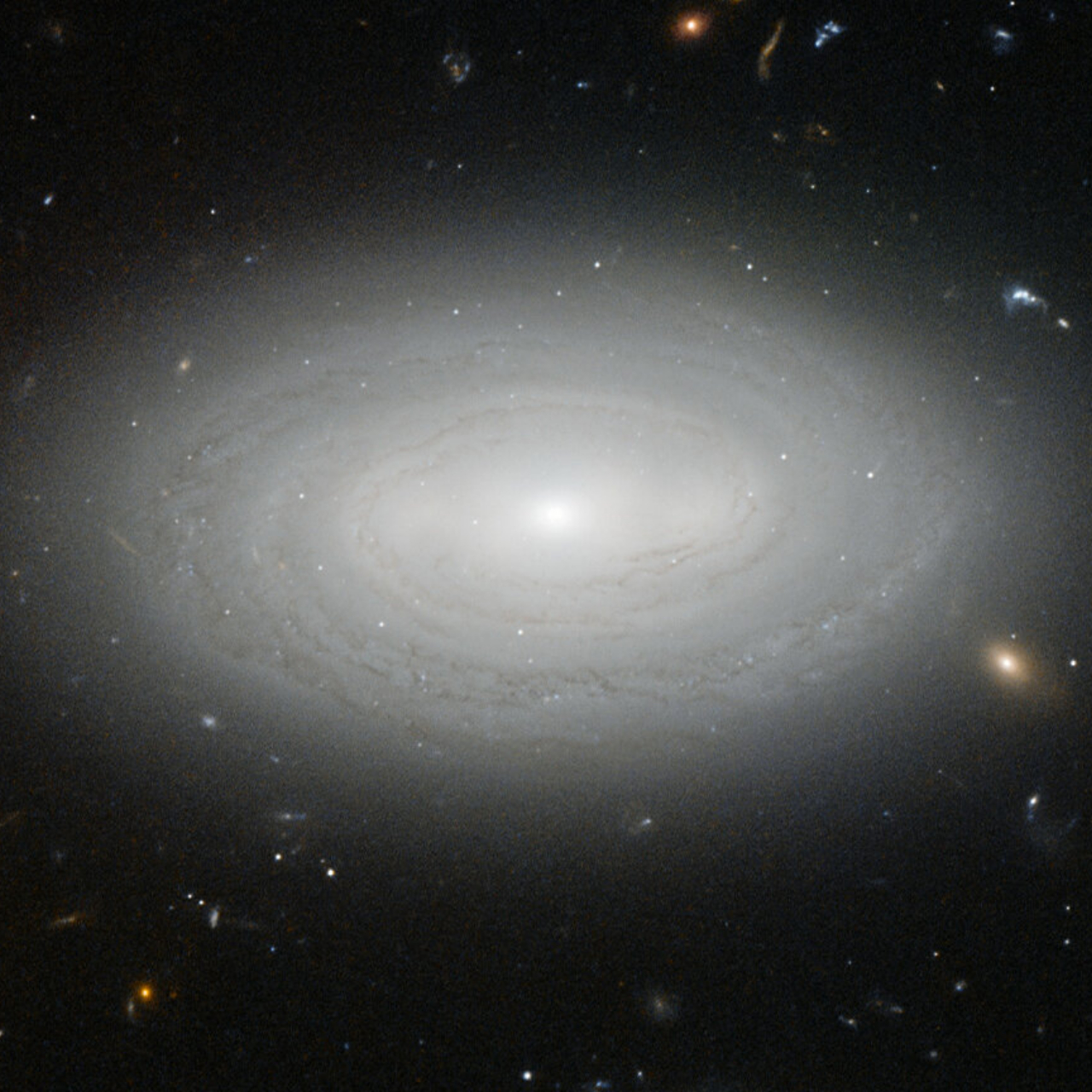
Boötes II
Type: dSph
- Millions of light-years: 0.136
- Mpc: 0.042
- M : −2.7
- m: n/a
Group Membership: Local Group
Notes: Satellite of Milky Way.
Diameter (ly): n/a
Brief Description: Bootes II (also Boo II for short) is a spheroidal dwarf galaxy (dSph) in the constellation of the Bear Catcher. As a spheroidal dwarf galaxy, it has an approximately round shape with a half-light radius of only 51 pc (other sources even mention 36 pc). At the moment no star formation can be determined in Bootes II.
Discovery date: 2007

Coma Berenices Dwarf
Type: dSph
- Millions of light-years: 0.137
- Mpc: 0.042
- M : -3.6
- m: n/a
Group Membership: Local Group
Notes: Satellite of Milky Way.
Diameter (ly): n/a
Brief Description: The Coma-Berenices dwarf galaxy, also Com for short, is a spheroidal dwarf galaxy in the constellation Haar der Berenike. The galaxy is at a distance of about 44 k pc to our solar system and moves away from our sun at a speed of about 98 km/s.
Discovery date: 2006
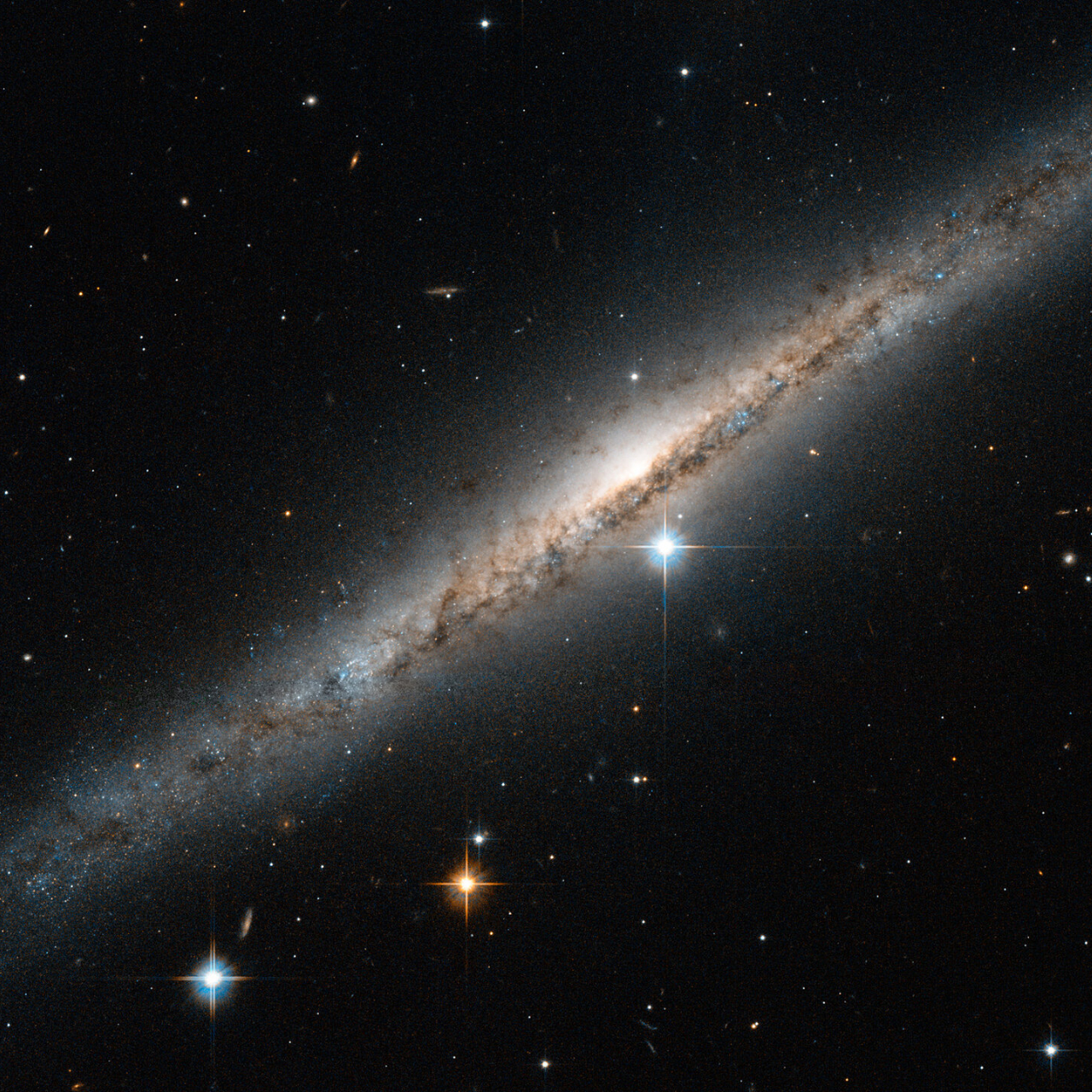
Pictor II
Type: n/a
- Millions of light-years: 0.15
- Mpc: 0.045
- M : −3.2
- m: 15.1
Group Membership: Local Group
Notes: Satellite of Milky Way possibly associated with the Large Magellanic Cloud
Diameter (ly): 300 ly
Brief Description: n/a
Discovery date: n/a

Boötes III
Type: dSph
- Millions of light-years: 0.150
- Mpc: 0.046
- M : -5.8
- m: n/a
Group Membership: Local Group
Notes: Satellite of Milky Way.
Diameter (ly): n/a
Brief Description: The Boötes III dwarf galaxy (also called Boötes III for short ) is a decaying dwarf galaxy in the constellation of the Bear Catcher and can still be recognized as an abundance in the galactic halo. The large extent on the one hand and the irregular shape on the other hand show that Bootes III is in the transition from a gravitationally bound system to a gravitationally unbound system.
Discovery date: 2009

Tucana IV
Type: n/a
- Millions of light-years: 0.16
- Mpc: 0.048
- M : -3.5
- m: 14.9
Group Membership: Local Group
Notes: Satellite of Milky Way.
Diameter (ly): 378 ly
Brief Description: The Tucana IV dwarf galaxy is a galaxy of the type dSph and one of the satellite galaxies of the Milky Way.
Discovery date: 2015
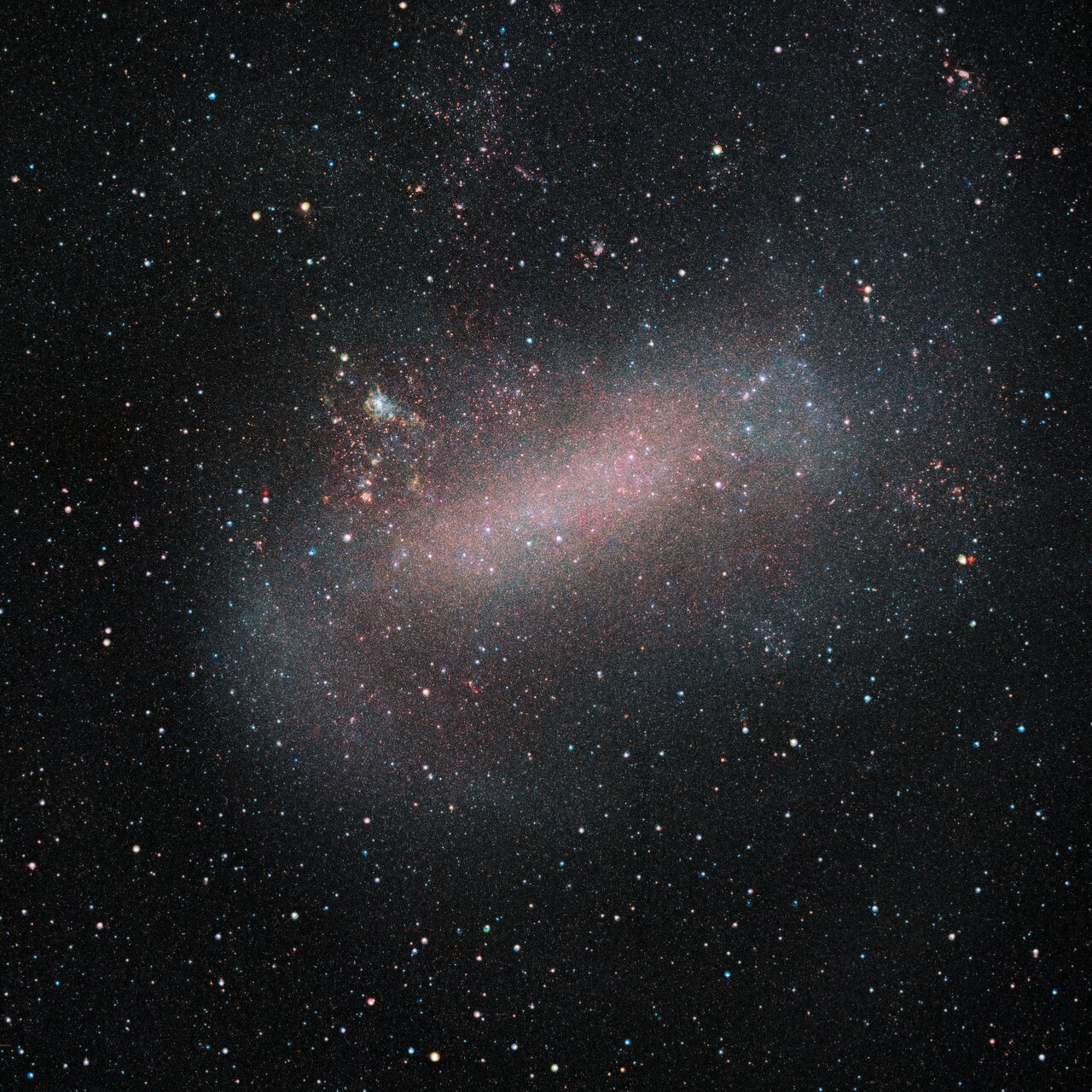
Large Magellanic Cloud (LMC)
Type: SB(s)m
- Millions of light-years: 0.163
- Mpc: 0.050
- M : -17.93
- m: 0.9
Group Membership: Local Group
Notes: Satellite of Milky Way.
Diameter (ly): 14,000 ly
Brief Description: The LMC is the second or third closest galaxy to the Milky Way, after the Sagittarius Dwarf Spheroidal, and the possible dwarf irregular galaxy known as the Canis Major Overdensity. Based on readily visible stars and a mass of approximately 10 billion solar masses, it is roughly a hundredth as massive as the Milky Way and is the fourth largest galaxy in the Local Group. The Milky Way and the LMC are predicted to collide in approximately 2.4 billion years.
Discovery date: 1519
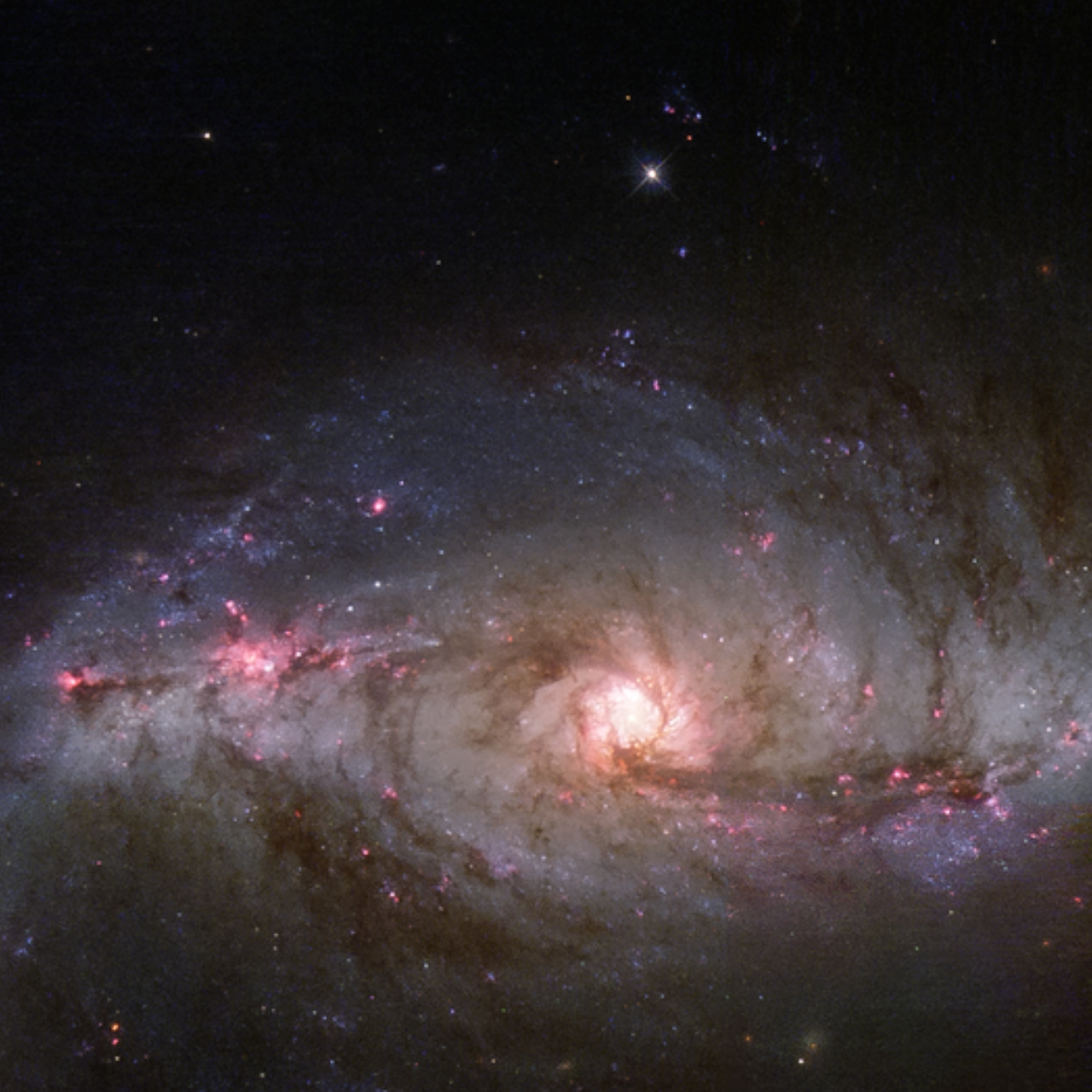
Grus II
Type: n/a
- Millions of light-years: 0.179
- Mpc: 0.055
- M : -3.9
- m: n/a
Group Membership: Local Group
Notes: Satellite of Milky Way.
Diameter (ly): 607 ly
Brief Description: The Grus II dwarf galaxy , also Grus II or Grus 2 for short , is a dwarf galaxy of the type dSph discovered in 2015 in the constellation Crane in the Local Group and one of the satellite galaxies of the Milky Way.
Discovery date: October 1834

Tucana II
Type: n/a
- Millions of light-years: 0.186
- Mpc: 0.057
- M : -3.8
- m: 15.0
Group Membership: Local Group
Notes: Satellite of Milky Way.
Diameter (ly): 1080 ly
Brief Description: The Dwarf Galaxy of Tucana II is a satellite galaxy of the Milky Way and is part of the Local Group. It was discovered in 2015, through data obtained by The Dark Energy Survey. It is found in the Tucana constellation, located 70 kpc from Earth. It is provided as a spheroidal dwarf galaxy (dSph) which means that it has an approximately rounded shape.
Discovery date: 2015

Boötes I
Type: dSph
- Millions of light-years: 0.197
- Mpc: 0.060
- M : −5.8
- m: 13.1
Group Membership: Local Group
Notes: Satellite of Milky Way.
Diameter (ly): n/a
Brief Description: The Boötes Dwarf Galaxy (Boo I dSph) is a galaxy, which appears faint, with a luminosity of 100,000 (Solar Luminosity). It is located in the constellation Boötes. This dwarf spheroidal galaxy appears to be tidally disrupted by the Milky Way Galaxy, which it orbits, and has two stellar tails that cross over to form a cross. Tidally disrupted galaxies usually only form one tail.
Discovery date: 1981
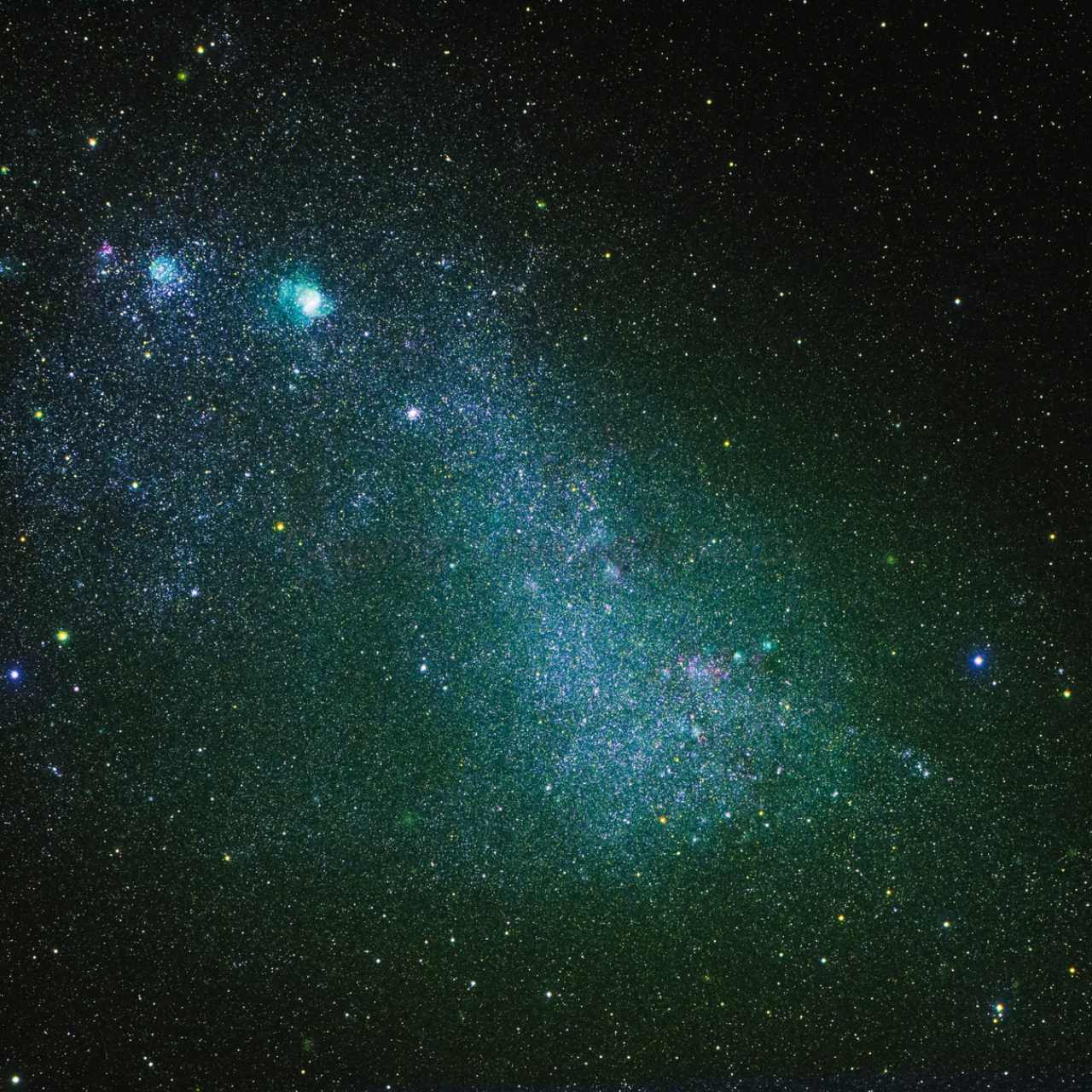
Small Magellanic Cloud (SMC, NGC 292)
Type: SB(s)m pec
- Millions of light-years: 0.206
- Mpc: 0.063
- M : -16.35
- m: 2.7
Group Membership: Local Group
Notes: Satellite of Milky Way.
Diameter (ly): 7,000 ly
Brief Description: The Small Magellanic Cloud (SMC), or Nubecula Minor, is a dwarf irregular galaxy near the Milky Way. This galaxy is among the nearest intergalactic neighbors of the Milky Way and is one of the most distant objects visible to the naked eye. Since its surface brightness is very low, this deep-sky object is best seen on clear moonless nights and away from city lights.
Discovery date: 1519–22

Ursa Minor Dwarf
Type: dE4
- Millions of light-years: 0.206
- Mpc: 0.063
- M : -7.13
- m: 11.9
Group Membership: Local Group
Notes: Satellite of Milky Way.
Diameter (ly): n/a
Brief Description: The Ursa Minor Dwarf is a dwarf spheroidal galaxy, discovered by A.G. Wilson of the Lowell Observatory, in the United States, during the Palomar Sky Survey in 1955. It appears in the Ursa Minor constellation, and is a satellite galaxy of the Milky Way. The galaxy consists mainly of older stars and seems to house little to no ongoing star formation.
Discovery date: 1955

Sagittarius II
Type: dSph
- Millions of light-years: 0.238
- Mpc: 0.0731
- M : -5.7
- m: 13.62
Group Membership: Local Group
Notes: Satellite of Milky Way that was possibly once a satellite of Sgr dSph.
Diameter (ly): 232 ly
Brief Description: The Sagittarius II dwarf galaxy, also known as Sagittarius II or Sagittarius 2 for short , is a dwarf galaxy of the type dSph discovered in 2015 in the constellation Sagittarius in the Local Group and one of the satellite galaxies of the Milky Way.
Discovery date: 2015
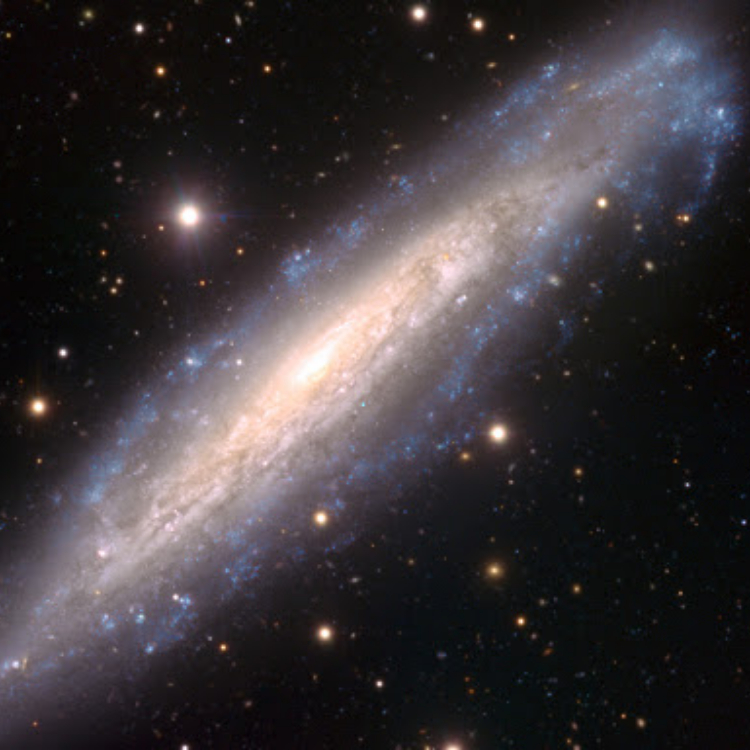
Horologium II
Type: dSph
- Millions of light-years: 0.25
- Mpc: 0.078
- M : -2.6
- m: 1.69
Group Membership: Local Group
Notes: Satellite of Milky Way.
Diameter (ly): 287 ly
Brief Description: The Dwarf Galaxy of Horologium II is a satellite galaxy of the Milky Way and is part of the Local Group, it was discovered in 2015, using data obtained by The Dark Energy Survey. It is found in the constellation Horologium, located 78 kpc from Earth.
Discovery date: 2015
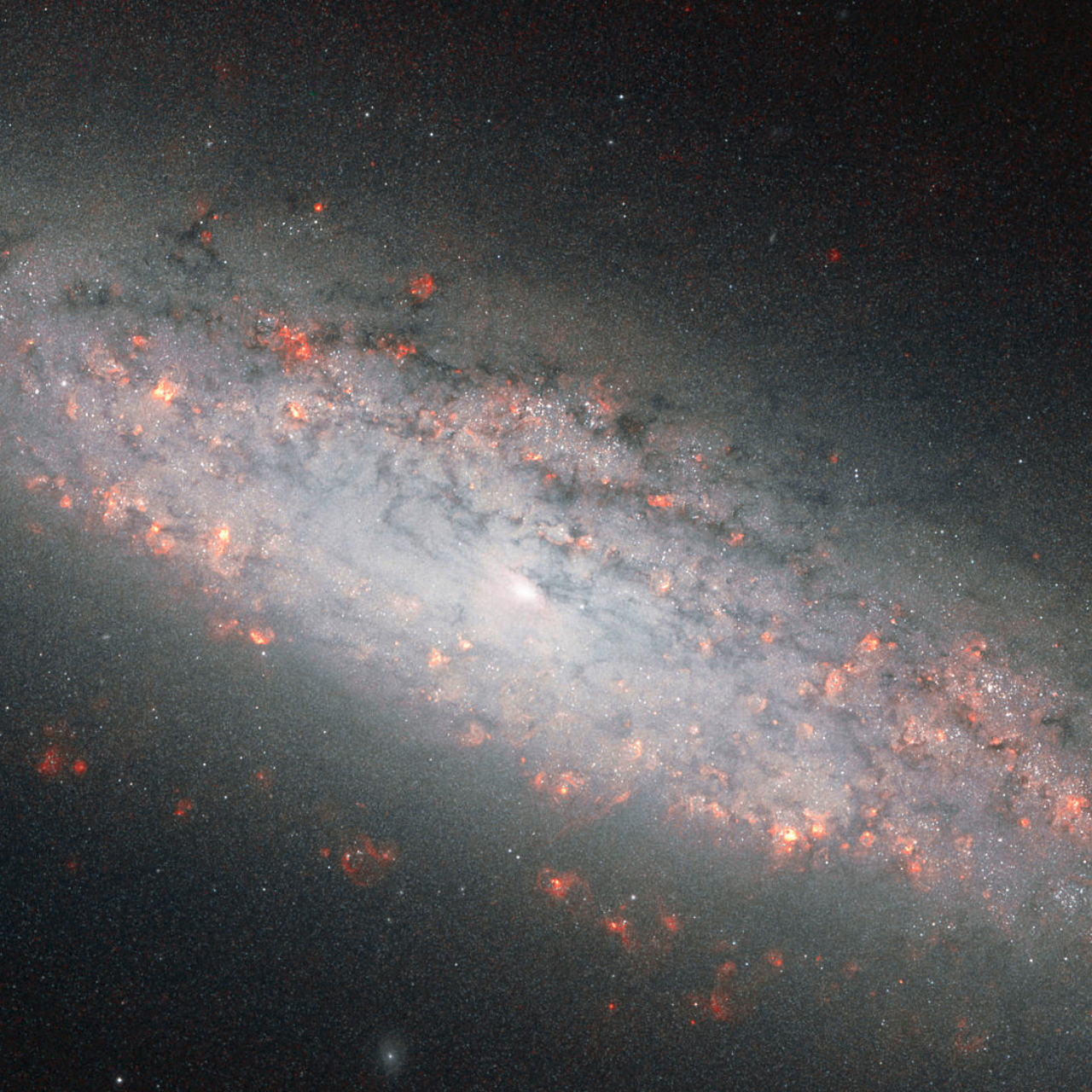
Draco Dwarf (DDO 208)
Type: dE0 pec
- Millions of light-years: 0.258
- Mpc: 0.079
- M : -8.74
- m: 10.9
Group Membership: Local Group
Notes: Satellite of Milky Way with a large amount of dark matter.
Diameter (ly): ~2,700 × 1,900 ly
Brief Description: It is part of the Local Group and a satellite galaxy of the Milky Way galaxy. The Draco Dwarf is situated in the direction of the Draco Constellation at 34.6° above the galactic plane.
Discovery date: 1954

Horologium I
Type: dSph
- Millions of light-years: 0.258
- Mpc: 0.079
- M : -3.4
- m: n/a
Group Membership: Local Group
Notes: Satellite of Milky Way.
Diameter (ly): 196 ly
Brief Description: The Dwarf Galaxy of Horologium I is a satellite galaxy of the Milky Way and is part of the Local Group, it was discovered in 2015, using data obtained by The Dark Energy Survey. It is found in the constellation Horologium, located 100 kpc from Earth. It is classified as a probable spheroidal dwarf galaxy (dSph) which means that it has an approximately rounded shape.
Discovery date: 2005
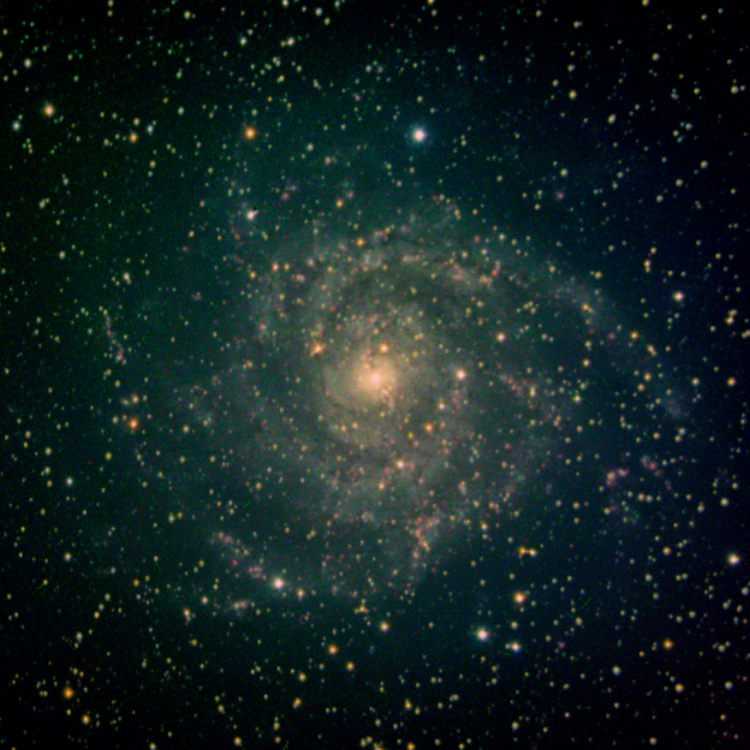
Pisces I
Type: dIrr/dSph
- Millions of light-years: 0.26
- Mpc: 0.8
- M : -10.35
- m: n/a
Group Membership: Local Group
Notes: Satellite of Milky Way.
Diameter (ly): 607 ly
Brief Description: Pisces I (Psc I) or Pisces Overdensity is a clump of stars in the Milky Way's halo, which may be a disrupted dwarf spheroidal galaxy. It is situated in the Pisces constellation and was discovered in 2009 by analysis of distribution of RR Lyrae stars in the data obtained by the Sloan Digital Sky Survey's data. Pisces I is one of the faintest satellites of the Milky Way and is located near the plane where the Magellanic Clouds lie. There may exist a connection between the Magellanic stream and this galaxy.
Discovery date: 2009
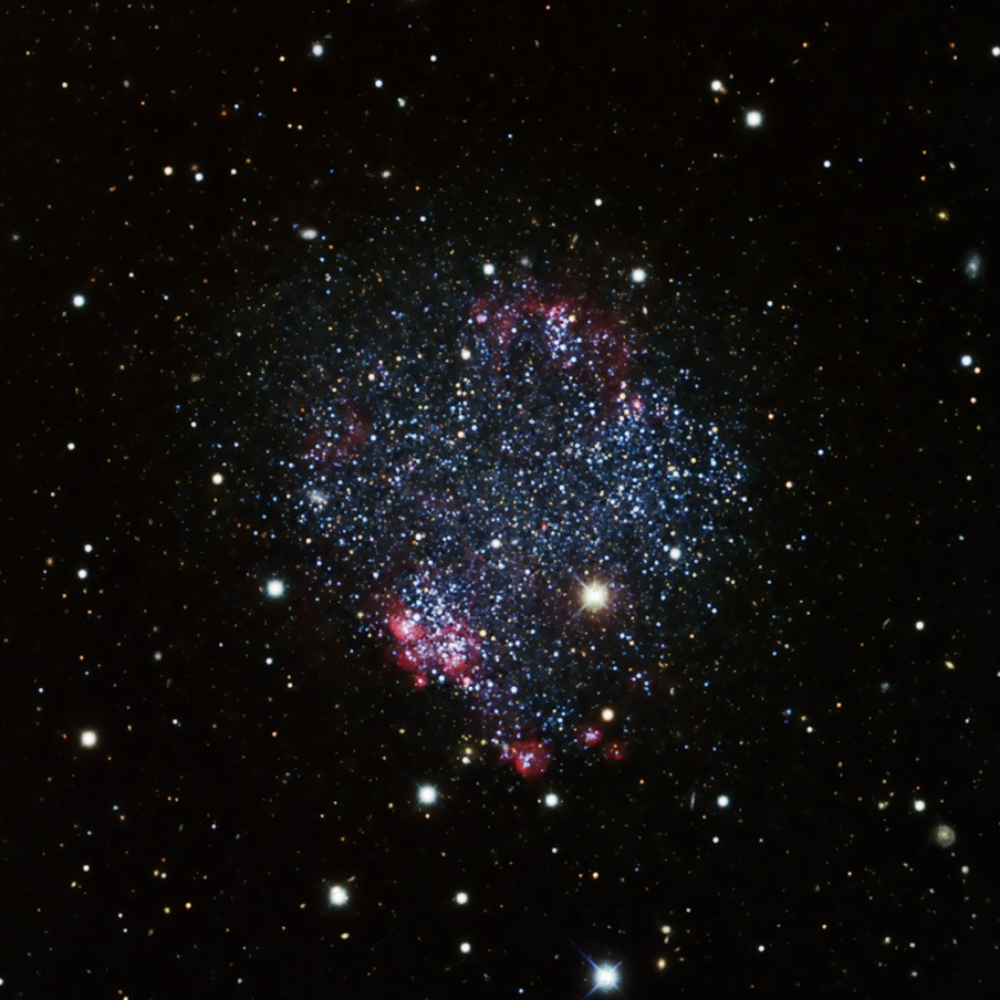
Sextans Dwarf Sph
Type: dSph
- Millions of light-years: 0.281
- Mpc: 0.086
- M : -7.98
- m: 12
Group Membership: Local Group
Notes: Satellite of Milky Way.
Diameter (ly): 8400 ly
Brief Description: The Sextans Dwarf Spheroidal is a dwarf spheroidal galaxy that was discovered in 1990 by Mike Irwin as the 8th satellite of the Milky Way, located in the constellation of Sextans.
Discovery date: 1990

Aquarius II
Type: dSph
- Millions of light-years: 0.3519
- Mpc: 0.1079
- M : -4.36
- m: 15.8
Group Membership: Local Group
Notes: Satellite of Milky Way.
Diameter (ly): 1,040 ly
Brief Description: The Aquarius II dwarf galaxy , also known as Aquarius II or Aquarius 2 for short , is a dwarf galaxy of the type dSph discovered in 2016 in the constellation Aquarius in the Local Group and one of the satellite galaxies of the Milky Way. This Galaxy has very low brightness and surface brightness.
Discovery date: 2016